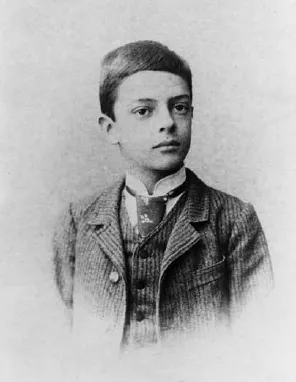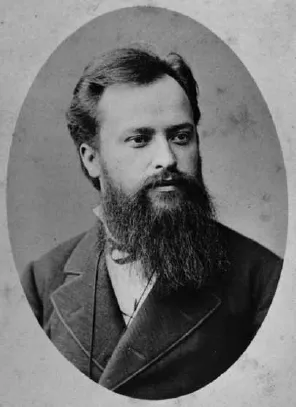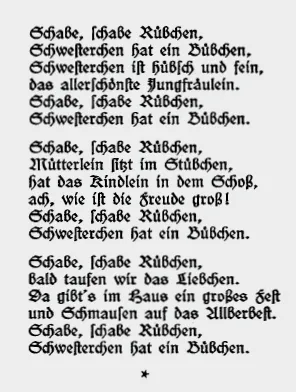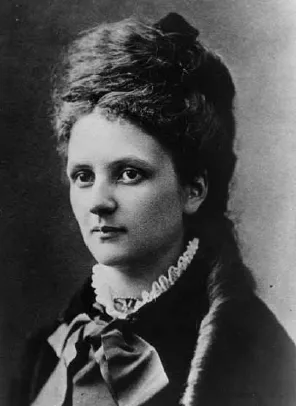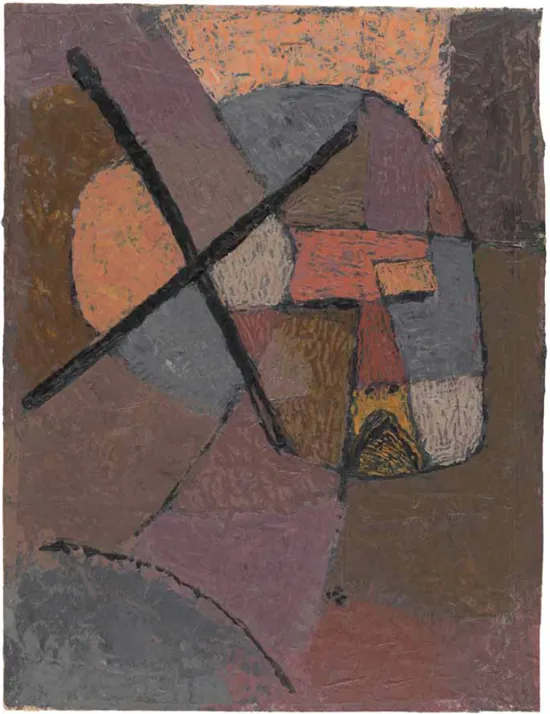![]()
1. Paul Klee’s Life Major Milestones
Early Years in Bern
Paul Klee was born on December 18, 1879 in Münchenbuchsee near Bern. His father, Hans Klee, was of German nationality and worked as a music teacher at the cantonal teacher’s college in Hofwil, Bern, where his students found him to be a distinctive and unusual character.34 His mother, Ida Klee, née Frick, was from Basel and had family in the South of France. She was also musically trained. Paul Klee had a sister, Mathilde (1876-1953) who was three years older than him. In 1880 the family moved to Bern. In 1898 Paul Klee graduated from Bern Grammar School, but due to his varied talents he found it difficult to decide on a career. He was not only good at drawing, but was also a talented violinist, and he was deeply interested in literature and the theater.
Artistic Training in Munich and Italy, Sojourns in Bern and Munich
Klee finally embarked on a three-year course at the Academy of Fine Arts, Munich, followed by six months in Rome with the Swiss sculptor Hermann Haller to further expand his artistic training. Looking back he comments: ‘My next task was to employ the skills I had acquired, and to make progress in my art. Bern, the home of my youth, seemed to me the ideal place for such work. […] I had formed many ties in Munich, and one of these led to marriage with my present wife. The fact the she could practice her profession in Munich was one of the important reasons for my returning there for the second time (autumn 1906).’35 Paul Klee’s wife Lily, née Stumpf, was a pianist and supported the family by giving piano lessons. Later this was to prove a crucial factor in allowing Klee to develop himself as an artist. In 1907 their son Felix was born. In 1912 Paul Klee joined ‘Der Blaue Reiter’ (The Blue Rider), a group of artists including Heinrich Campendonk, August Macke, Franz Marc, Gabriele Münter and Wassily Kandinsky. In 1924 an art dealer from Braunschweig, Emmy (‘Galka’) Scheyer, along with Lyonel Feininger, Alexej Jawlensky, Wassily Kandinsky and Paul Klee set up a group called ‘Die Blaue Vier’ (The Blue Four), in order to promote the four artists in the USA.
Fig. 14. Paul Klee, 1892
Fig. 15. Hans Klee, 1880
Fig. 16. Poem by Hans Klee about his children, Mathilde and Paul (from the small volume of poems, ‘Jugend Verse’, p. 43)
Trip to Tunisia, Military Service during World War I, Teaching, Journey to Egypt
In 1914 Klee and two artist friends, August Macke from Bonn and Louis Moilliet from Bern, went on a two-week study trip to Tunisia. The light and color of the region made a big impression on him, and he recorded in his diary the now legendary phrase: ‘Color has taken possession of me […] color and I are one.’36 Klee’s artistic evolution was hampered by three years in the army during the World War I. Fortunately, he was stationed behind the front and came through unscathed, whereas August Macke and Franz Marc were killed in action.
Klee was both matter-of-fact and modest when he looked back on his employment and the twists of fate which followed: ‘In 1920 came my appointment to the staff of the Bauhaus school in Weimar. I taught there until the institution moved to Dessau in 1926. Finally, in 1930, I was asked to accept an appointment to conduct a course in painting at the Prussian Academy of Art in Düsseldorf. This offer coincided with my own desire to confine my teaching entirely to my own field. I therefore accepted and was associated with the Academy from 1931 to 1933.’37
A two-month trip to Egypt in 1928/29 had a similar effect on him to that of his earlier visit to North Africa: the trip to Tunisia had a strong influence on his work between 1914 and 1931; the trip to Egypt influenced his art between 1929 and 1940. Will Grohmann comments: ‘Klee fed off it (the trip to Egypt) right up to his death, because here, more than in Tunis, he felt confronted by the fact that six thousand years of culture were no more than the blink of an eye in terms of world history, a fact that was reflected in the landscape, which seemed to play as big a role in it as humans. […] Klee could see creation, life and death reflected in every monument and every hill. […] Egypt gave him the courage to face ultimate simplicity, to cross the European horizon with its polarities; the Egyptian pictures are Klee’s “West-East divan”.’38 Grohmann also mentions ‘the oneness of life and eternity in Egypt’39, which made a particular impression on Klee.
Dismissal, Return to Bern, Isolation
In 1933 Klee was reviled and denounced as a ‘Jew’ and ‘foreigner’ by the National Socialists, who had just come to power.40 On March 17 his house in Dessau was searched while he and Lily were away.41 On April 21 he was suspended from his post as Professor at the Düsseldorf Academy of Fine Arts, and a few months later he was dismissed. He did not try to defend himself against being labeled a ‘Galician Jew’. He wrote to his wife: ‘As far as I’m concerned, it does not seem right to do anything about this kind of crude slander. After all, if it were true that I were a Jew and that I came from Galicia, what difference would it make to my value as a person and to the value of my work? […] I would rather get into difficulties than be one of those miserable people who spend all their time trying to curry favor with the powers that be.’42 Klee had to prove his Aryan descent and his Protestant affiliation. For many months he tried to stay in Germany, where he had an excellent reputation as an artist and art teacher, but he finally had to accept that there was no long-term future for his professional career under the Third Reich. Like other contemporary artists, his work was discredited, and in 1937 it was publicly denounced in the touring exhibition entitled ‘Degenerate Art’. Looking back at that fateful year 1933, Paul Klee wrote: ‘The new political climate in Germany affected the field of graphic art, both curbing academic freedom and cutting off all outlets for creative work in the arts. Since my reputation as a painter had in the course of time become international and even intercontinental, I felt that I was in a position to give up teaching and make my livelihood as an independent artist. The question of where to live henceforth was not in doubt. My close ties with Bern had never been broken; I felt keenly drawn to the city that is really my home.’43
Fig. 17. Ida Klee-Frick, 1879
Fig. 18. Struck from the list, 1933, 424
Fig. 19. Scholar, 1933, 286
Just three months after Hitler was elected Chancellor, Klee was suspended from his position as Distinguished Professor at the Düsseldorf Academy of Fine Arts. Eight months later (on January 1, 1934) his employment contract was terminated. Klee’s art was denounced as degenerate. The artist, like many others, was ‘struck from the list’. The National Socialists feared resistance, and wanted to do away with anything that smacked of intellectual superiority. The painting is a self-portrait. He is frowning angrily, and a thick, black cross is painted across his head.
Re Fig. 18. Struck from the list, 1933, 424 (p. 22)
This is probably also a self-portrait. Klee was an excellent teacher who loved his profession and took it very seriously. His students admired him greatly. He was very disappointed and bitter about his dismissal. This is expressed in the painting: the pensive, sad eyes, the frown, the narrow, pinched mouth. The corners of the wide, wooden frame are black. The future looks bleak.
Re Fig. 19. Scholar, 1933, 286 (p. 23)
This drawing, also from 1933, seems to show a person in a state of rigor mortis. Did Klee have a presentiment of how many soldiers would soon be lying stiffly on the battlefields? And how strange that within a few years his own body would stiffen up due to an incurable disease.
Re Fig. 20. Rigidity, 1933, 187 (p. 25)
After being dismissed from his post by the newly elected Nazis, Paul Klee and his wife had to emigrate to Switzerland. In Germany, Klee had been held in high regard as an artist and teacher, but in December 1933 he returned as an emigrant to his home town of Bern, where he felt very isolated. He felt that no one understood his brand of avant-garde art there. The drawing shows the couple’s reluctance to emigrate. Lily is depicted with bowed head, and Paul with hanging arms and a skeptical, que...

